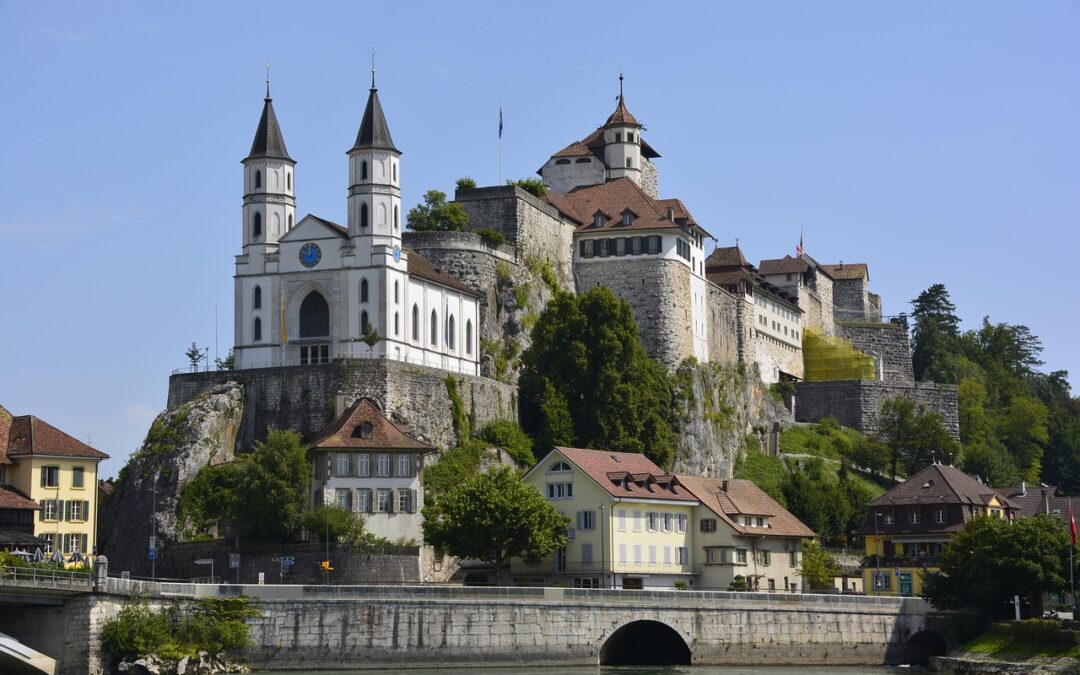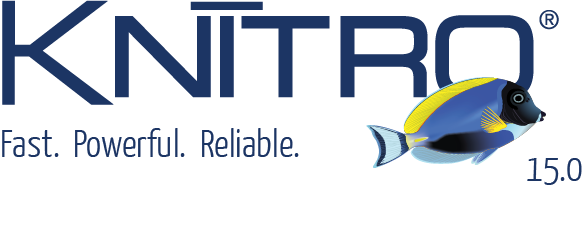Driving Renewable Energy Integration: Advanced Solutions to increase the existing power grid’s renewable hosting capacity
At Grid Innovation 2024 in Berlin, Artelys showcased its methodology to assess the potential of GETs to boost renewable hosting capacity and underlined the potential of curative curtailment in this domain.
Innovative Technologies for Hosting Capacity
Artelys’ methodologies evaluate and enhance vRES hosting capacity using Dynamic Line Rating (DLR), curative curtailment, Flexible alternating current transmission system (FACTS), or Battery Energy Storage System (BESS). Each innovation is assessed for cost-benefit efficiency versus a scenario based on preventive curtailment only, identifying solutions that maximize renewable integration while maintaining grid reliability.
Preventive versus Real-Time Curtailment
While preventive actions are typically implemented in day-ahead planning, real-time actions offer greater benefits because they are implemented very quickly (in less than one minute) when a line is close to being overloaded. As a result, instead of preventively curtailing vRES anticipating on a contingency that very seldom occurs, curative curtailment systems act only in the few cases where contingency happens. In addition, by using actual DLR data instead of forecasts, curative curtailments reduce the need for conservative DLR margins. Overall, they make it possible to integrate dozens of additional percentages of vRES capacity without grid reinforcement, thus allowing to reach renewable integration targets at way lower costs. Thus, GETs enable a significant integration of additional renewable energy capacity (up to +40%).
Artelys continues to drive innovation in grid management, enabling a sustainable and resilient energy transition.
Click on this link and read our presentation to explore how cutting-edge solutions are driving energy transition and empowering system operators to achieve their renewable energy goals.

Swissgrid selects Artelys Crystal Super Grid
Artelys is pleased to announce that Swissgrid, the Swiss electricity Transmission System Operator (TSO), has selected Artelys Crystal Super Grid, our multi-energy simulation solution, to support their strategic planning and system analysis activities.

Artelys led the Assessment of Policy Options for Securing Inertia for the European Commission
The European Commission’s Directorate-General for Energy (DG ENER) selected Artelys (leader), Trinomics, and Tractebel ENGIE to study solutions for ensuring the future frequency stability of the European power system. The study report was published in August 2025 by...

Artelys Knitro 15.0: New Tools for Your Large-Scale Models
Artelys is pleased to announce the release of Knitro 15.0, which provides new algorithms and performance improvements to solve your large-scale optimisation problems, whether linear or non-linear, more quickly.

Artelys Introduces Future Sight: a Visualisation Tool Supporting the Energy Transition
As partner in the European Climate + Energy Modeling Forum (ECEMF) – a Horizon 2020 Europe project uniting research institutes and leading energy modellers in Europe – Artelys has contributed to modeling activities powered by Artelys Crystal Super Grid modelisation tool, and has led the development of a fully-fledged visualisation tool.
subscribe to our newsletters
© ARTELYS • All rights reserved • Legal mentions